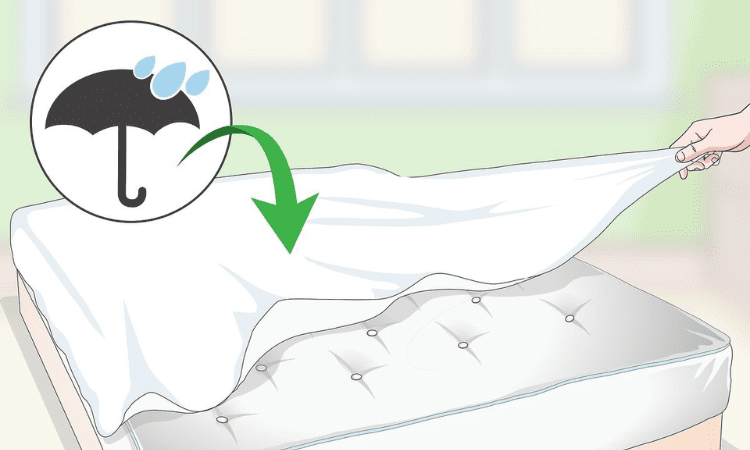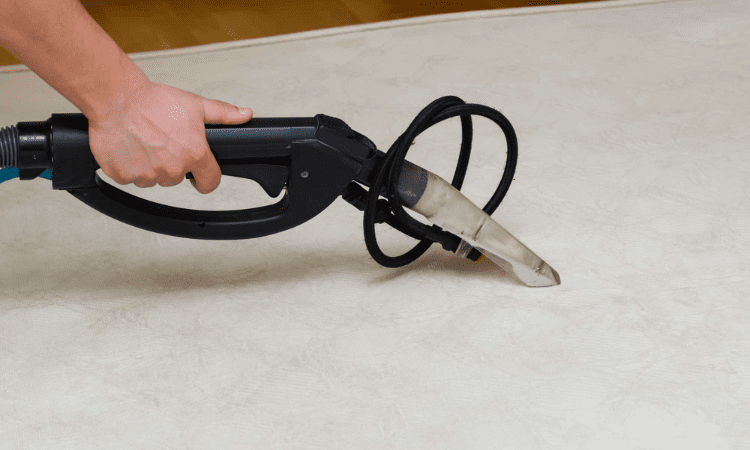A mattress serves as the base of the bed and gives sleepers stability and comfort. Innerspring coils, foam, and latex are commonly used in its construction. There are several different ways that mattresses might get wet, including spills, leaks, and accidents. To stop the spread of mold and mildew, it’s crucial to dry a wet mattress as soon as you can.
Benefits of Drying a Mattress
The advantages of quickly drying a damp mattress are numerous. These advantages consist of:
Preventing the formation of mold and mildew: Mold and mildew can develop in moist beds and lead to allergic reactions and respiratory diseases.
Increasing the lifespan of your mattress: Compared to a dry mattress, a damp mattress might decay more quickly.
A dry mattress is more comfortable to sleep on than a damp mattress, therefore this will increase your mattress’s level of comfort.
lowering the likelihood of bed bugs: Wet mattresses can attract bed bugs.
Methods of Drying a Mattress
Spot washing and air drying are the two basic strategies for drying a mattress.
Place Cleaning
A decent solution for minor moist areas is spot cleaning. What you’ll need for mattress spot cleaning is:
- An air purifier
- Clean Towels or Clothes
- Using cornstarch or Baking Soda
Instructions:
- Clean any dust or dirt off the mattress surface by vacuuming it.
- The towels or clothes should be wet.
- With damp towels or cloths, blot the wet area of the mattress.
- Give the moist area of the mattress a liberal coating of baking soda or cornstarch.
- Give the cornstarch or baking soda at least 24 hours to rest on the mattress.
- Cornstarch or baking soda should be vacuumed up.

Drying by Air
For bigger damp areas, air drying is a suitable choice. For a mattress to air dry, you will need:
- A powered fan
- Clean towels or clothes
- using cornstarch or baking soda
Instructions:
- Clean any dust or dirt off the mattress surface by vacuuming it.
- Cover the moist part of the mattress with clean cloths or towels.
- Orient the electric fan in the space so that it faces the mattress’ moist area.
- Give the mattress at least 24 hours to air dry.
- Give the moist area of the mattress a liberal coating of baking soda or cornstarch.
- Give the cornstarch or baking soda at least 24 hours to rest on the mattress.
- Cornstarch or baking soda should be vacuumed up.
Supplies Needed to Dry a Mattress Quickly
To assist a mattress drying fast, you might also want to have the following materials available in addition to the ones mentioned above:
- A dehumidifier can help to eliminate moisture from the air, which can hasten the drying process of a mattress.
- A mattress cover might aid in defending your mattress from future spills and accidents.
Step-by-Step Guide to Drying a Mattress
An instruction manual for drying a mattress is provided below:
- Clean any dust or dirt off the mattress surface by vacuuming it.
- If the wetness is only in one area, spot-clean it as previously mentioned. As previously mentioned, air dry the mattress if the water is more pervasive.
- Place the dehumidifier in the room where the mattress is located and turn it on if you’re using one.
- Periodically check on the mattress to see how it is drying. You might need to use a fan or enhance the ventilation in the room if the drying time for the mattress is taking longer than you would like.
- After the mattress has dried, take the baking soda or cornstarch out and vacuum up any wetness that may have remained.
Conclusion
These instructions will help you quickly dry a damp mattress and stop the growth of mold and mildew. Your mattress can survive for many years with a little care and maintenance.
Frequently Asked Questions
1. How long does it take a mattress to dry?
The size of the wet area, the kind of mattress, and the drying technique all affect how long it takes to dry a mattress. While air drying a huge section of a mattress can take several days, spot-cleaning a small area of it can be done in a few hours.
2. Is it okay to expose a wet mattress to the sun?
A moist mattress should never be exposed to the sun. The heat of the sun can harm the mattress and make drying more challenging.
I sincerely hope this information was useful. In case you have any other queries, just let me know.

